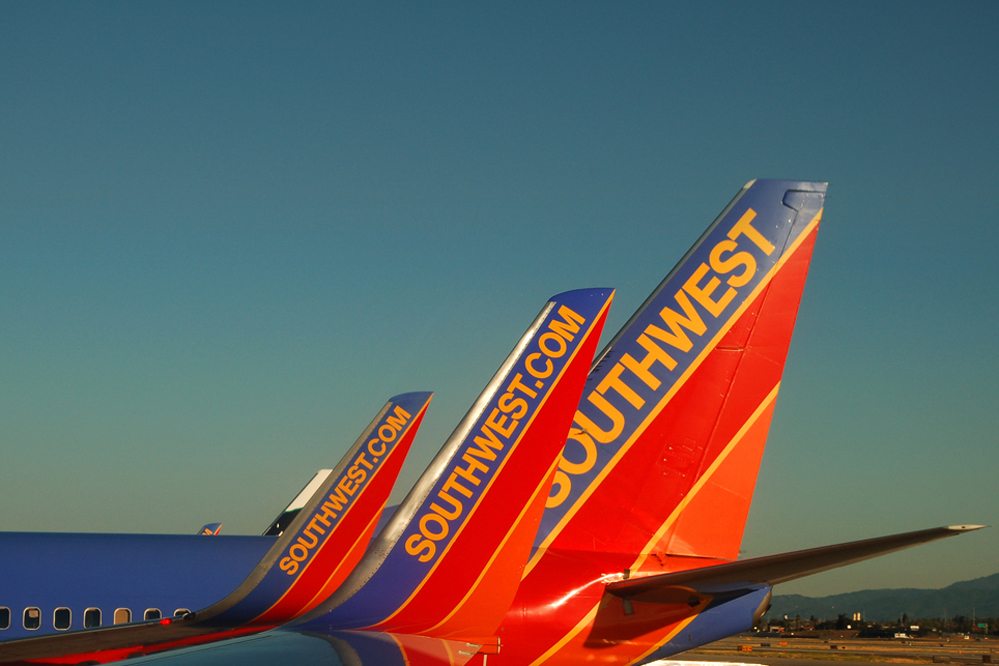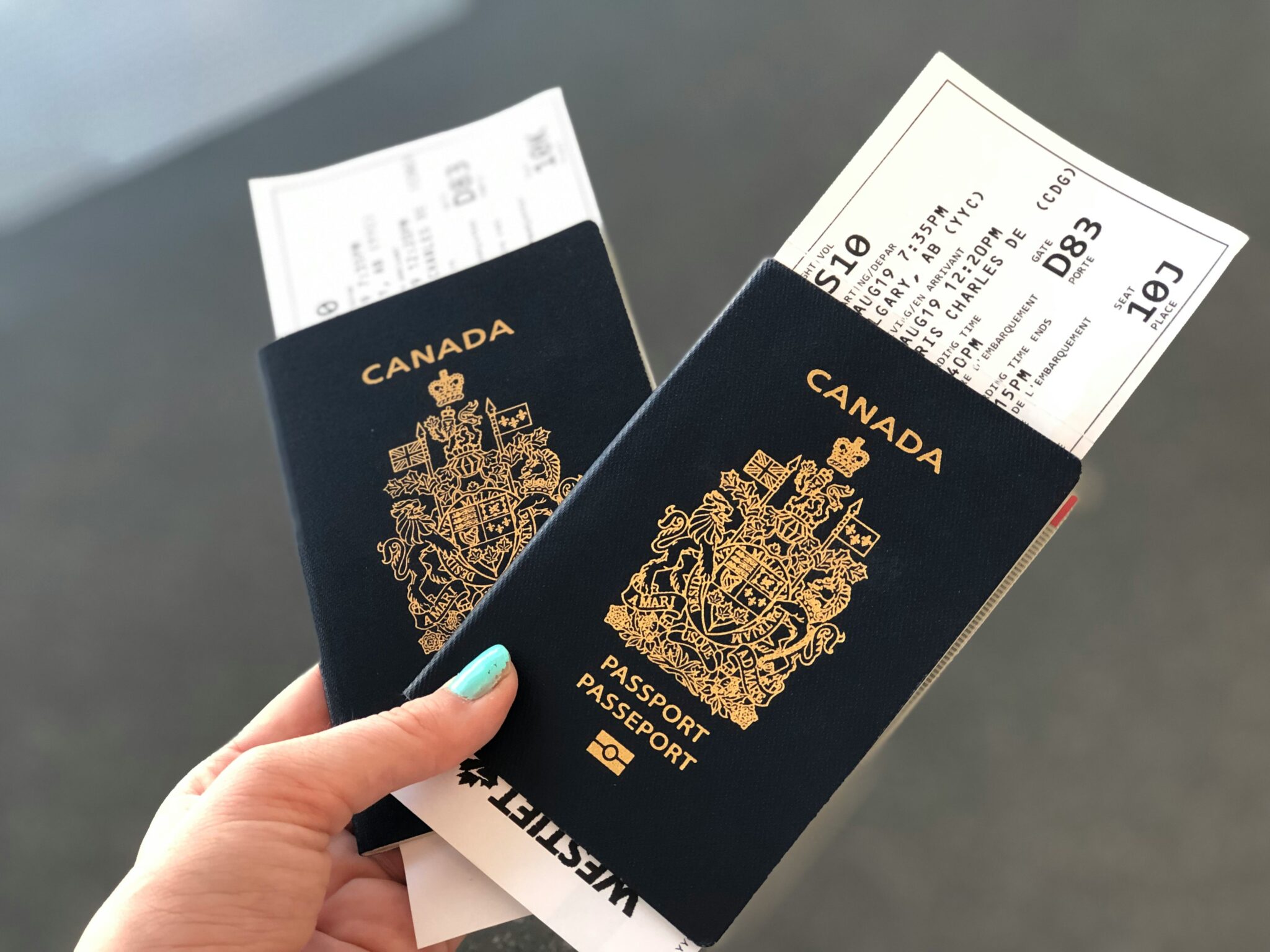Southwest Airlines Poised for Big Move to Amadeus Reservations System

Skift Take
On Tuesday, Southwest Airlines is scheduled to move to Amadeus's reservations systems for its domestic passengers, having already moved its international routes onto Amadeus' Altéa platform.
Once implemented, Southwest will be the largest airline IT partner worldwide in "passengers boarded" for Madrid-based travel technology company Amadeus, which says it has more than 100 airlines using its system.
If the migration is successful, it will be a huge calling card for Amadeus to try to get more business in North America, where it has little market share relative to its rivals. Back in 2011, Amadeus lost United Airlines when then airline was not sufficiently impressed with the Amadeus Altéa platform to proceed with a migration onto it.
Southwest is training 20,000 employees on the platform. The process has been happening in stages for months.
On Tuesday, the plan is that the old system — a quilt work of systems built in-house and by Sabre (Amadeus’s rival tech provider) — will almost entirely “cut over” to the new platform.
Fewer outages?
For consumers, the hope is that a new system will be less prone to failure than the old one. Last July, Southwest had to cancel more than 1,150 flights in a "full ground stop" due to a "system outage" related to its system going down. Southwest’s failure was later estimated by analysts to have cost the company between $54 and $82 million, depending on how you measure the effects.
The outage was one of several reservation system failures in 2016 affecting several U.S. airlines, including Delta, United, and JetBlue. In February 2017, American Airlines and Alaska Airlines had outages, as did travel agencies using Sabre Travel Network systems.
Some TV commentators chalked up the failures to the airlines' use of so-called legacy systems, such as mainframe computers instead of open-source and server-based systems.
But indignant programmers eagerly point out that none of the recent airline outages saw the core mainframe system fail. There were other culprits instead, such as a router catching fire or an electrical system failing.
In those cases, the issue was a management failure of not doing thorough testing, like a tech professional's version of a fire drill, and not creating enough plan Bs, Cs, and Ds.
Industry naysayers say that Amadeus' solution is complex and that Southwest will have a long summer ahead of it with employees making mistakes and software bugs appearing.
These reservation system moves are very complex, but there is a case to be made for optimism. For example, Sabre successfully moved American Airlines onto its reservation system last autumn without any glitches.
More flexible flight scheduling
The big change for Southwest will be having a reservation system that is much more flexible in the type of flight schedules it can handle. The company is expected to be able to add red-eye, or overnight, flights, improving its ability to compete with the major carriers on transcontinental routes.
Southwest's outdated system, which the management hadn't overhauled in three decades, also limits the airlines to flying one schedule every day six days a week, with a single alternate schedule on Saturdays. The new system will let it only run service on days that are most profitable.
The company's new system will also let it price upsell services "dynamically," meaning it can modify the price to meet changes in demand whenever it wants rather than have to set one price for a long stretch of time because it's a pain to change the price.
Tech company gains
This project is the most important airline one for Amadeus this year. A successful Southwest move to its system could strengthen Amadeus's sales pitch to other North American airlines, one of its weakest markets worldwide.
Amadeus's chief financial officer Ana de Pro said on an earnings call Friday that her company hopes the migration shows what Amadeus can do for airlines and that it will help with follow-on sales.
The company's other airline migrations this year include Japan Airlines and Malaysia Airlines.
If Southwest sees revenue gains from the promised greater efficiencies the system will deliver, Southwest might be tempted to sign up for Amadeus's other services, such as help with route/network planning, and its distribution system for tickets to airline agencies.
Already since 2015, Southwest has been letting corporate travel agencies access its fares and inventory through one of Amadeus's systems. That would further boost Amadeus's bottom line in future years, obviously, and unnerve U.S.-based competitor Sabre.





